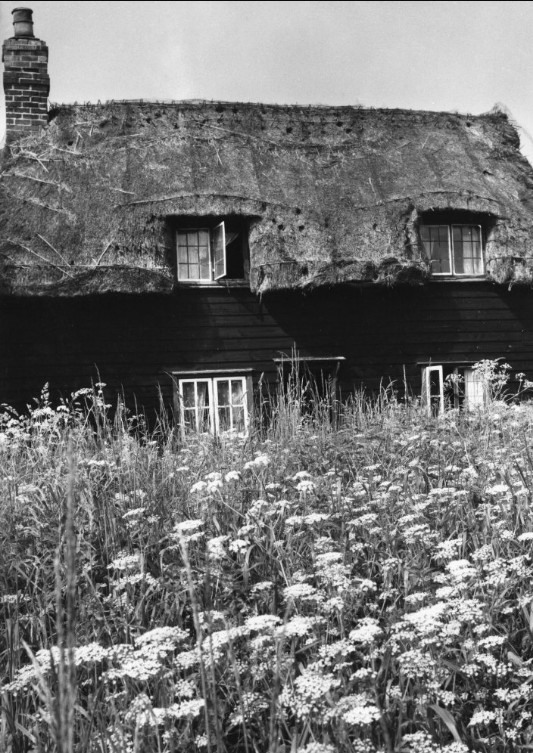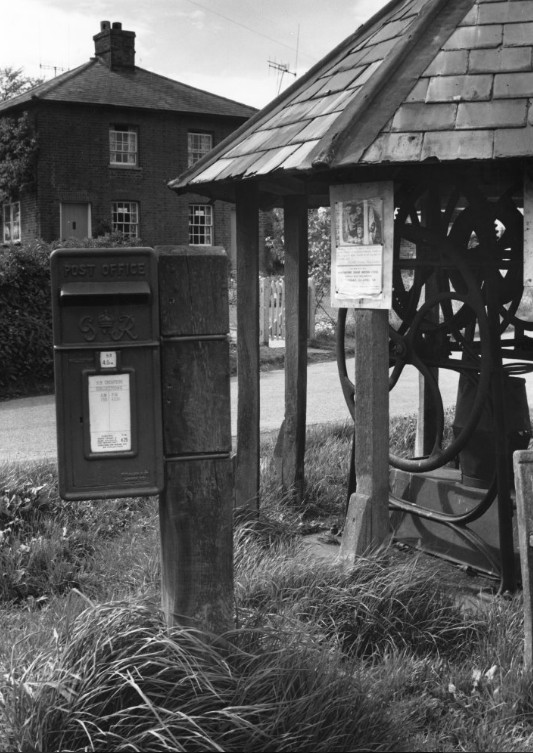
In this blog post photos are more than just something pretty, but political. If a picture says a thousand words then these photographs of Anstey, Hertfordshire by Edwin Smith are designed to show you unspoilt beauty. The aim is to try to stop an airport being built. Both Edwin Smith and his wife, Olive Cook, had opposed the building of Stansted airport near their home of Saffron Walden and lost, this became Cook’s book, The Stansted Affair, A Case for the People (1968). Two years later their focus was Anstey.
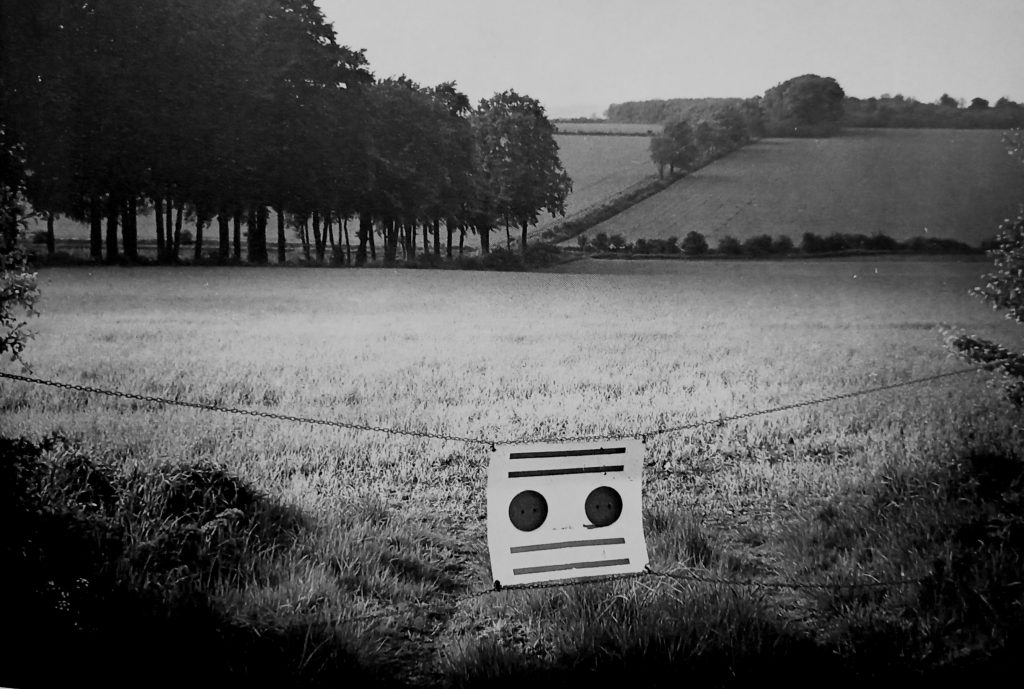
With conservation such a topic of the modern world, and with another runway at Gatwick always threatened now, this pairing were countryside conservationists through art. This isn’t a new thing, Clouth Ellis had started an interest of landscape conservation in 1930 with his book The Face of the Land and even Beatrix Potter was doing a similar thing by buying the farms around her home to save them from property developers. David Gentleman produced his lithograph series of Covent Garden with the idea of helping to both protect and record it from mass redevelopment.
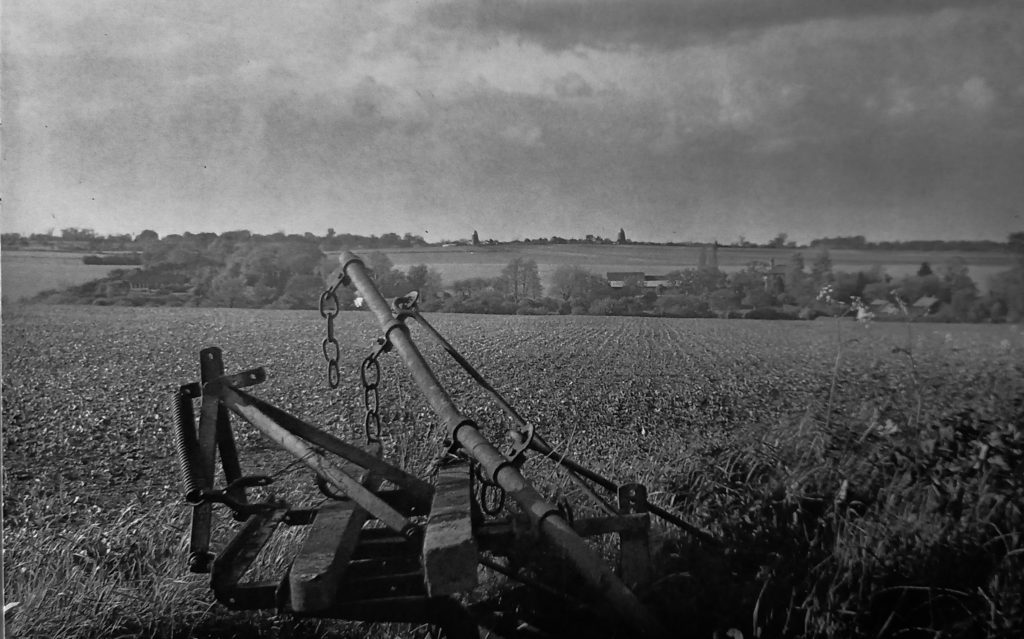
The following pages were written at the request of the Nuthampstead Preservation Association. Because the matter was urgent I had to confine myself to the investigation of a single parish and Anstey was chosen because its topographical, architectural and sociological features seemed to typify those of the whole district which would be disrupted by the siting of a Third London Airport at Nuthampstead. Ideally it would have been more rewarding to make a detailed study of the entire territory, which has proved to be extraordinarily rich and interesting and on which little work has so far been done. Such a study would have thrown a clearer light on the movements of the population over the centuries and on the connections between long established families all over the area. The sketch of the countryside with which this essay begins does no more than scratch the surface of the subject, but it has been included to give perspective to what I have been able to discover about Anstey during the last two weeks.
Olive Cook – Anstey, 1970.
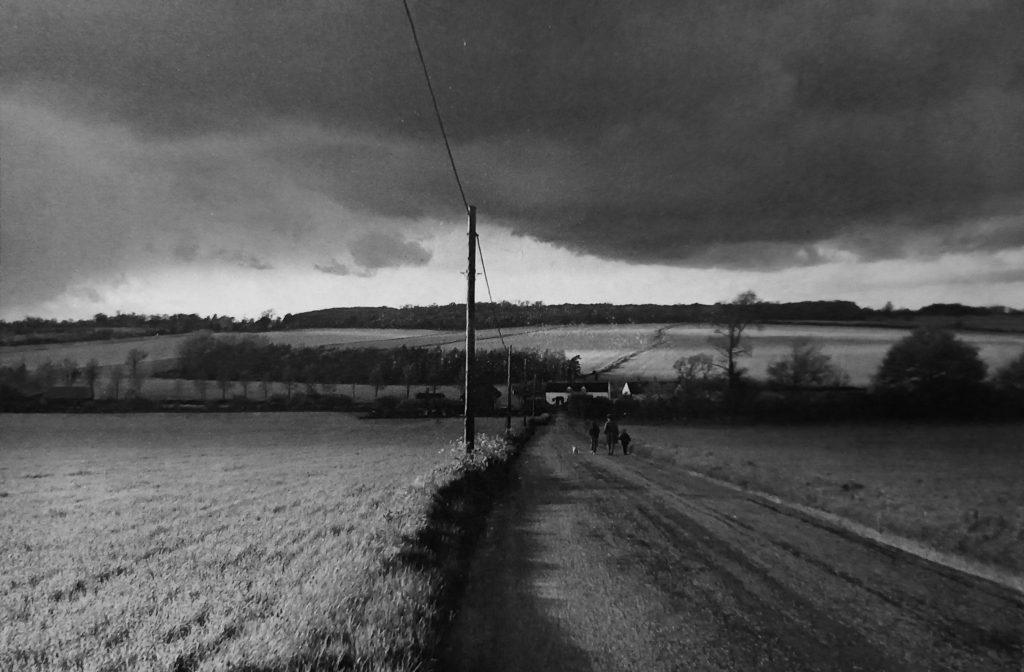
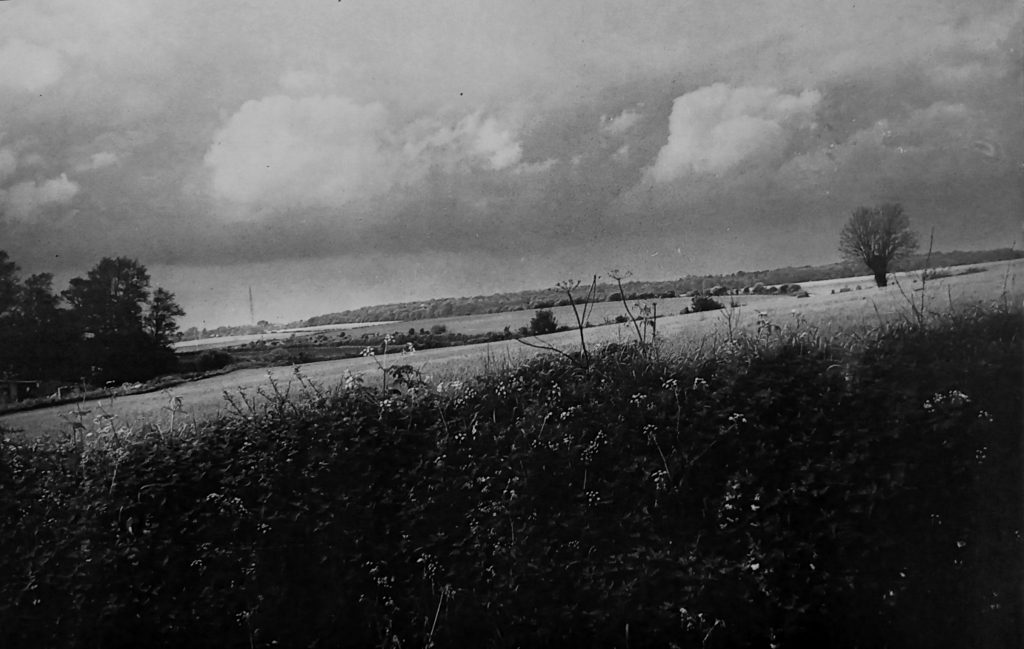
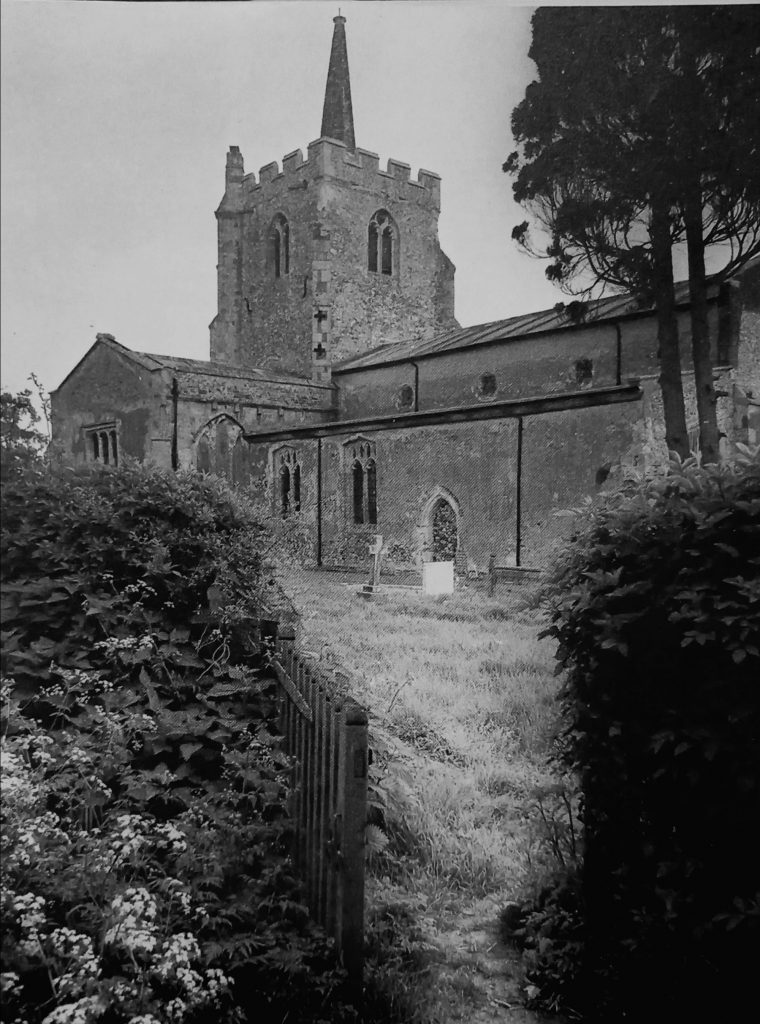
The church of Saint George is a cruciform building of flint with stone dressings. The earliest parts are the chancel, transepts and crossing tower, all of which were built in the 12th century. The church was altered in the 13th century and the nave was rebuilt in the 14th century. The South porch and the top stage of the tower are 15th century. The church was restored in 1871–72 under the direction of the Gothic Revival architect William Butterfield. Repairs in 1907 were directed by the architect Arthur Blomfield.
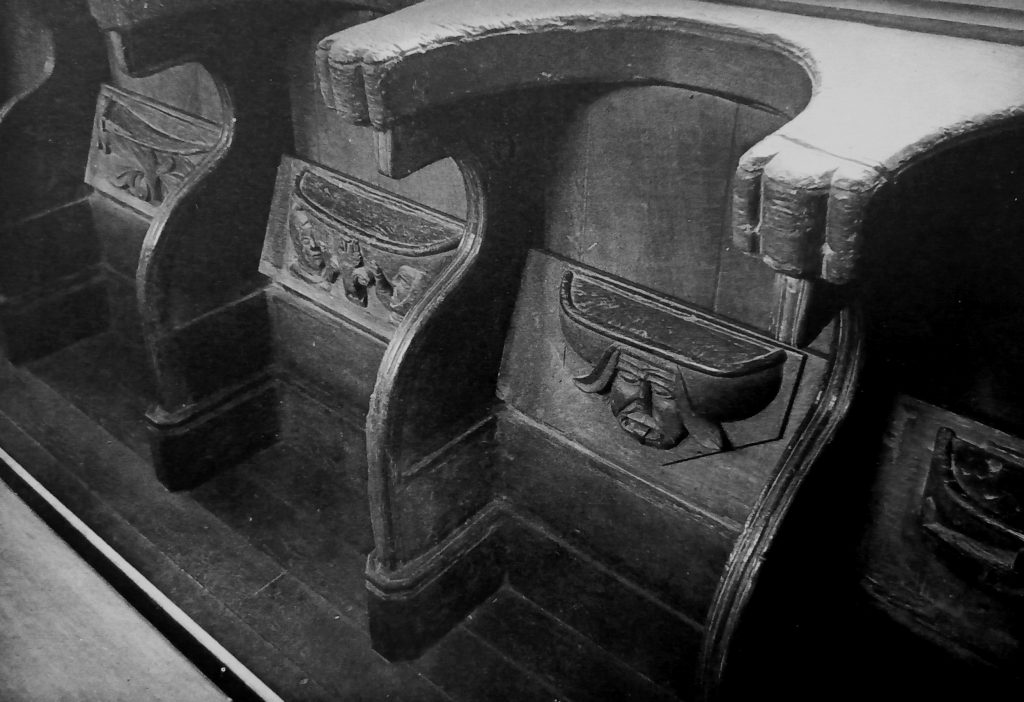
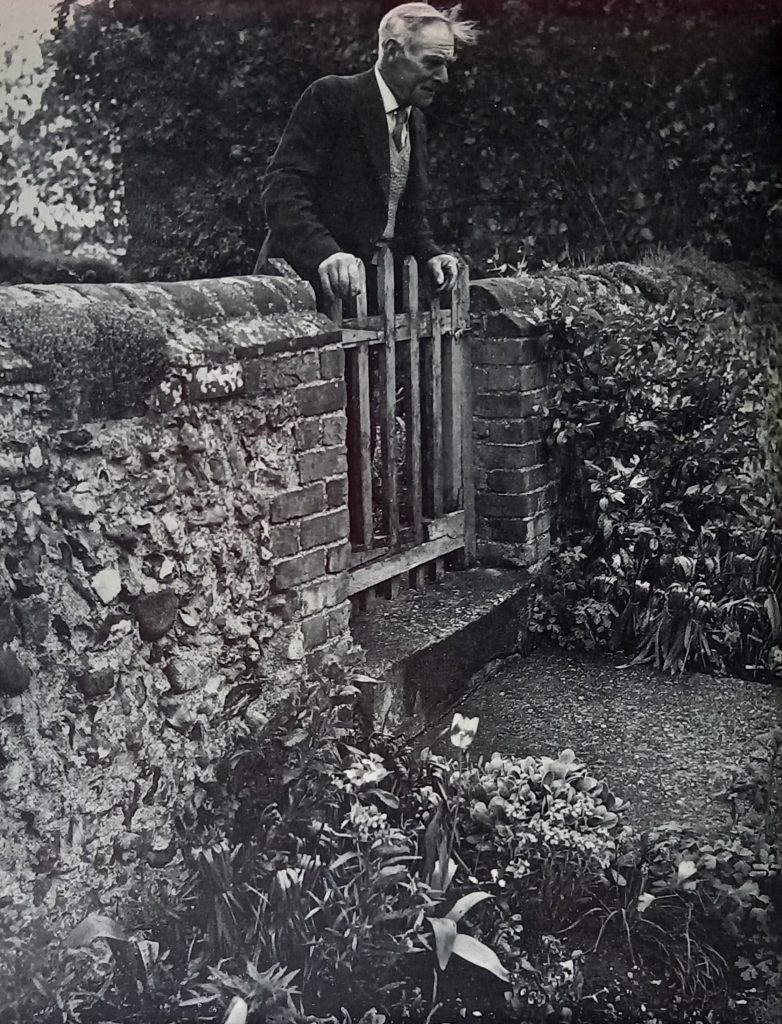
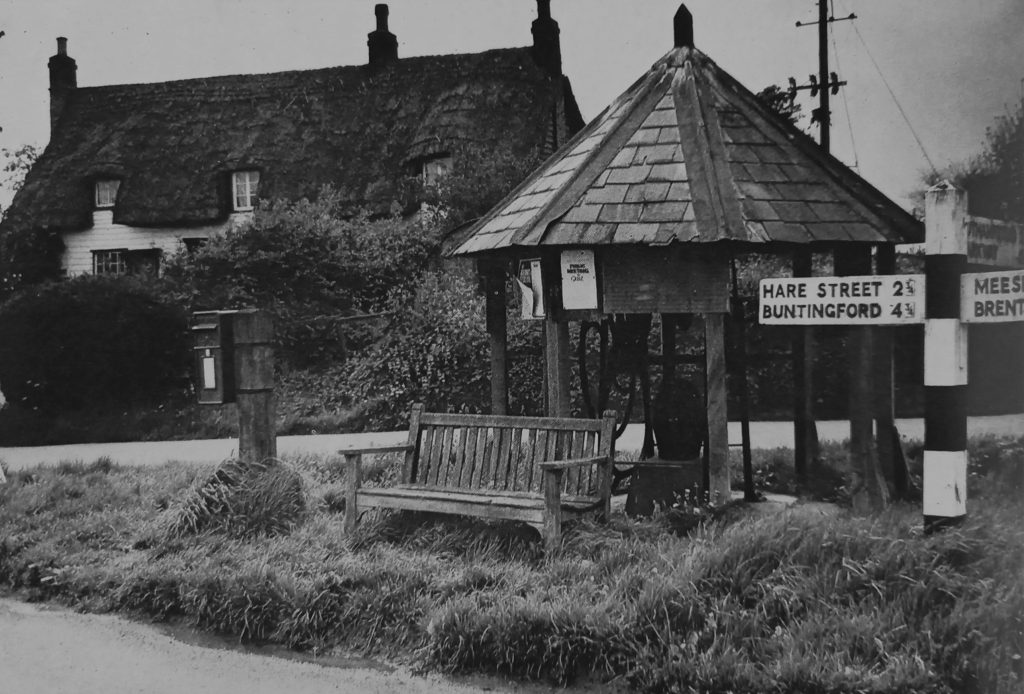
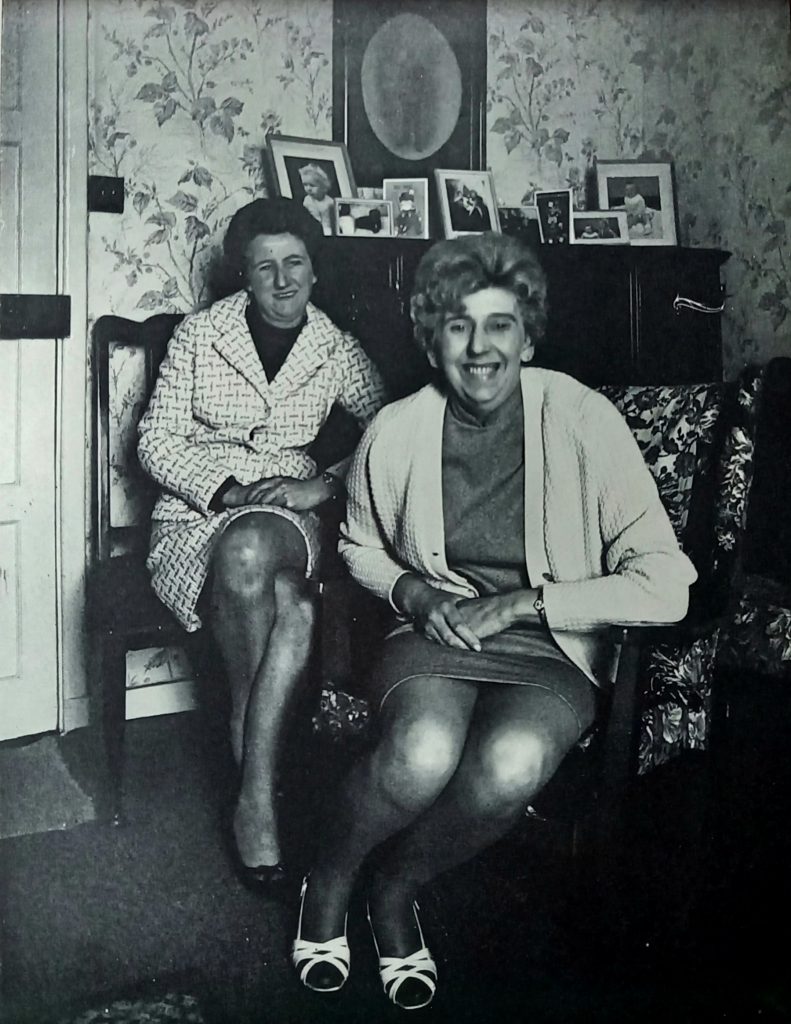
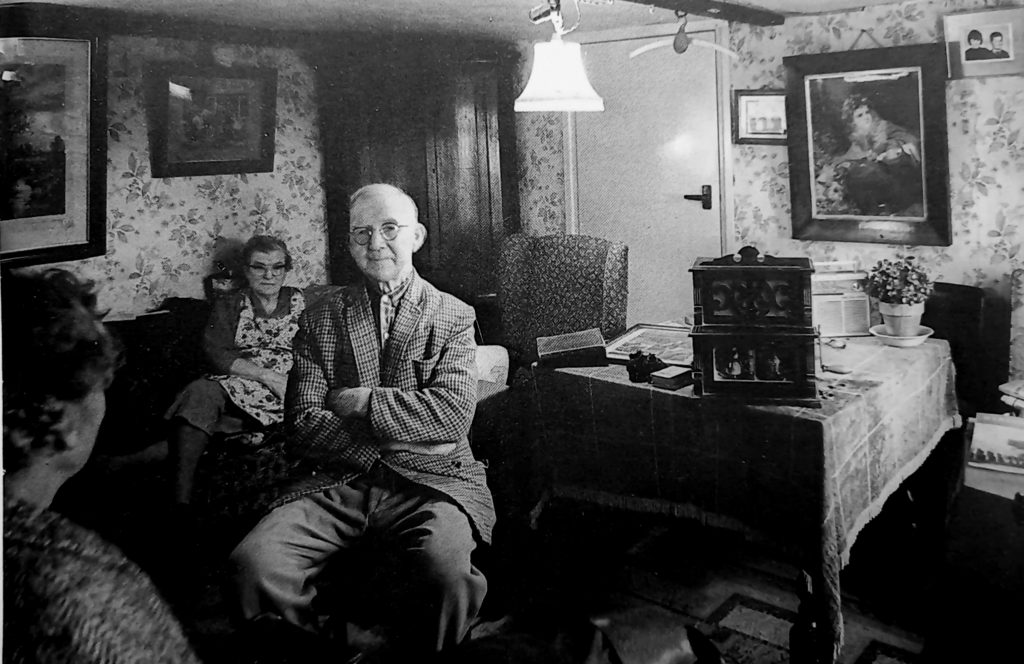
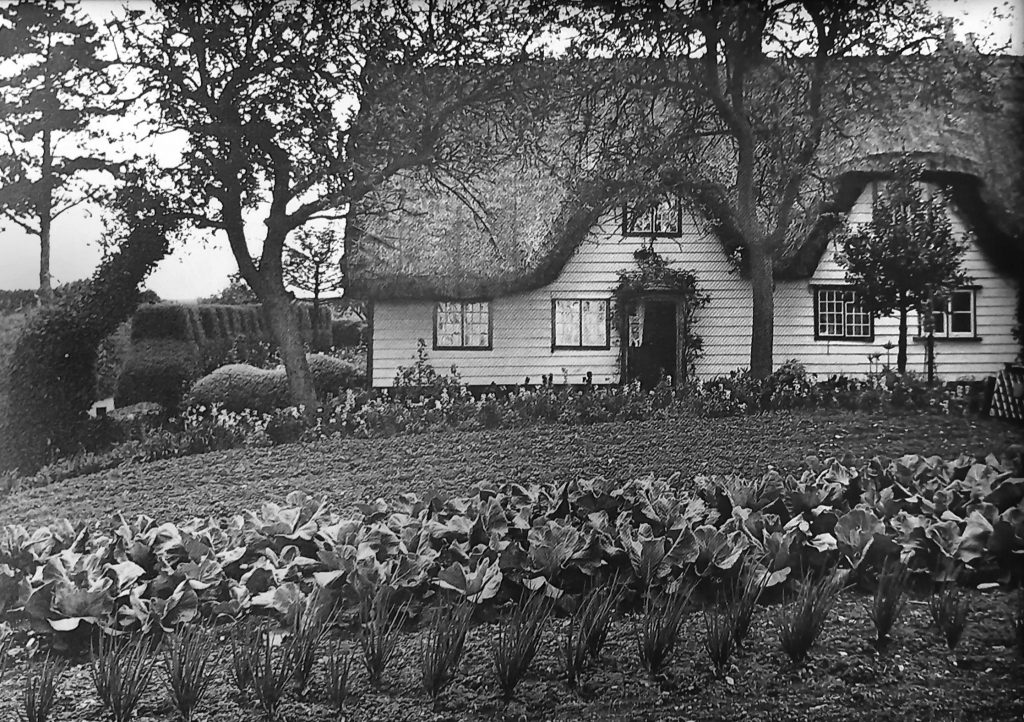
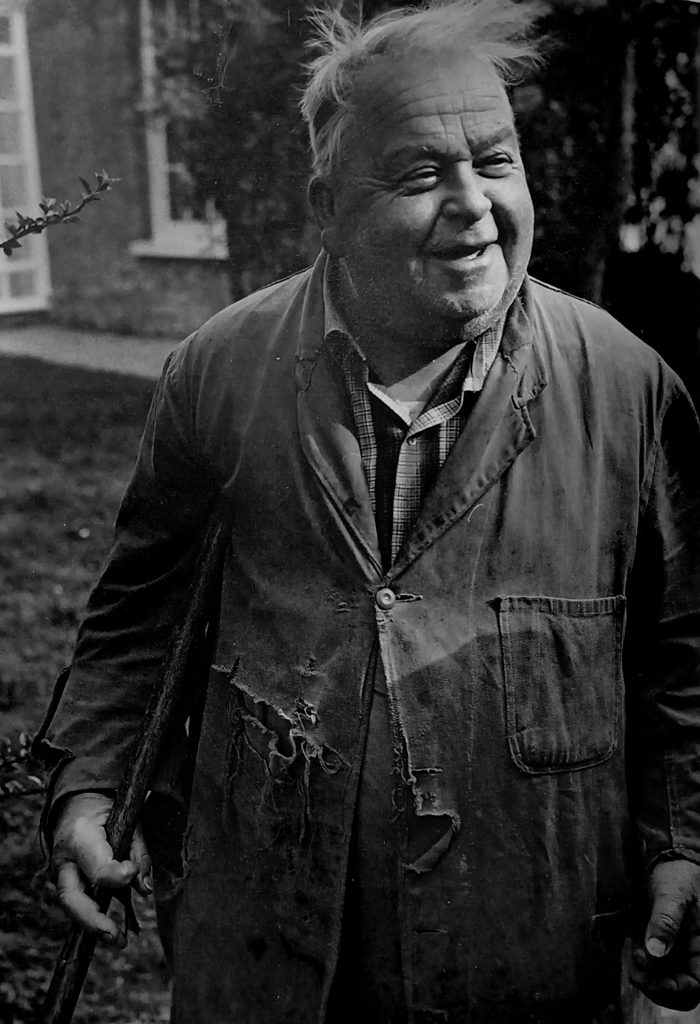
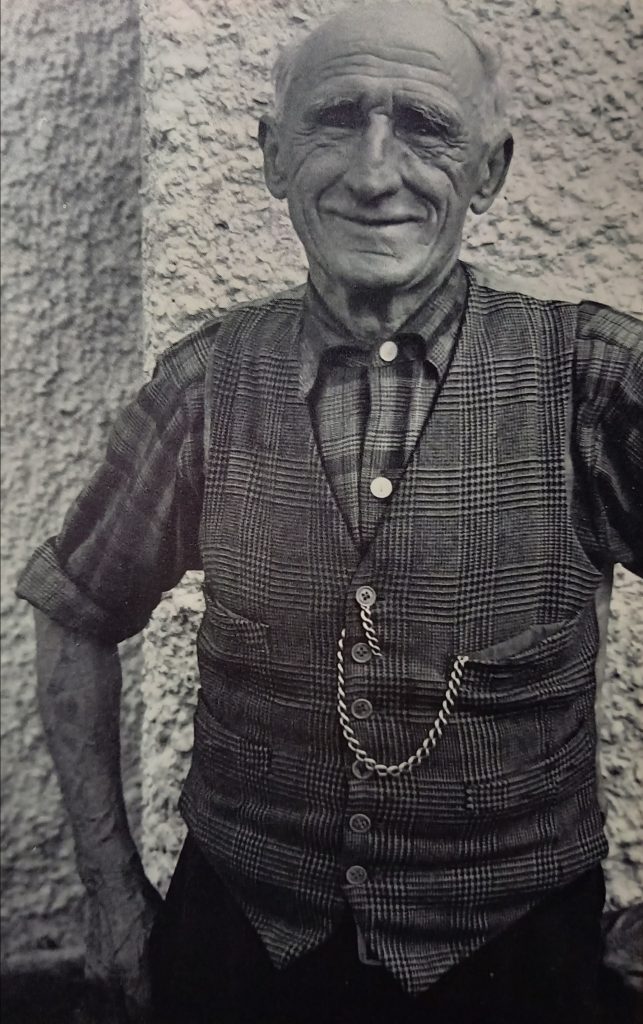
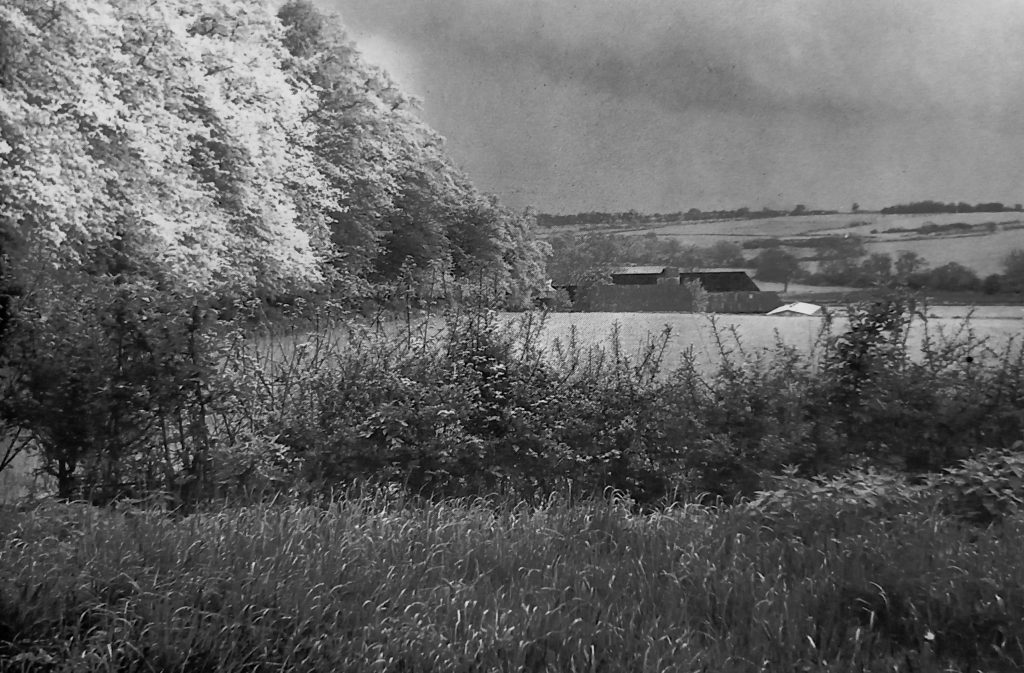
Two bonus pictures from the RIBA that were not included in the book.
If you are local to the Great Bardfield area you might have noticed the government plans to build a mega prison in Weathersfield. If you have not please click here.
